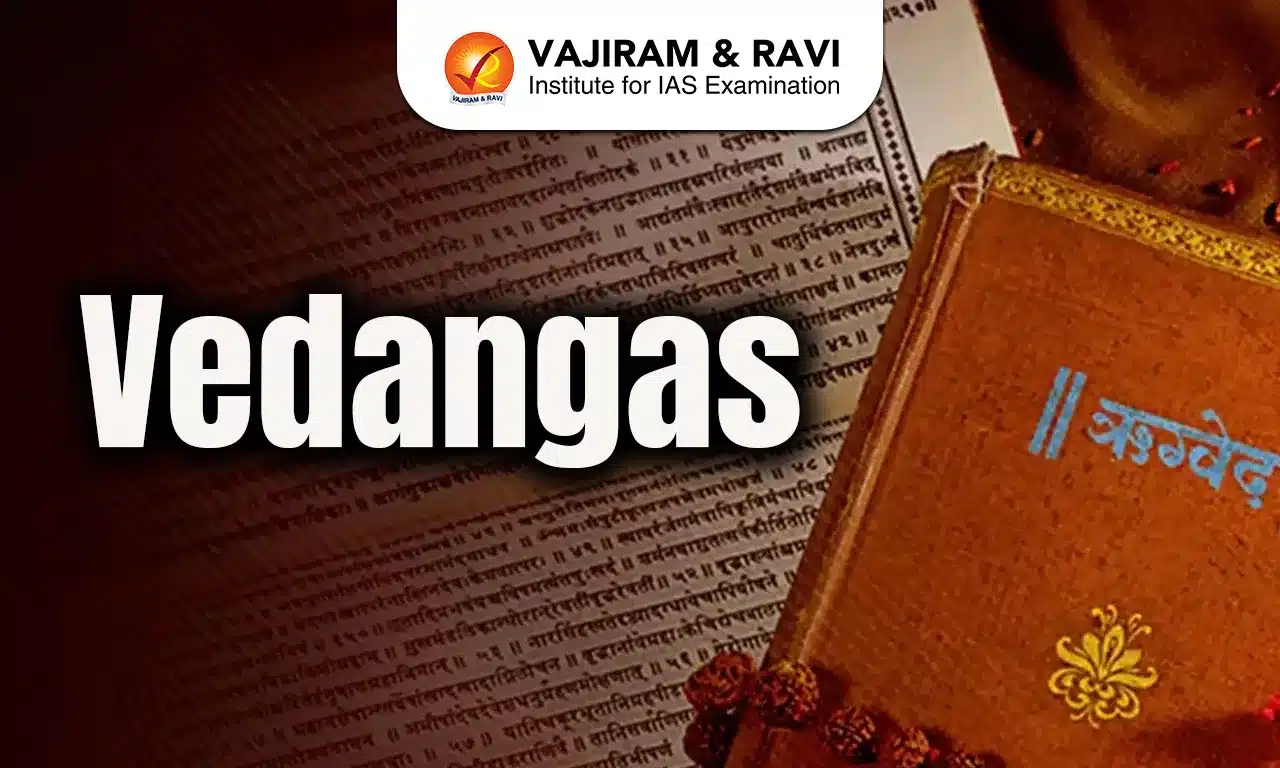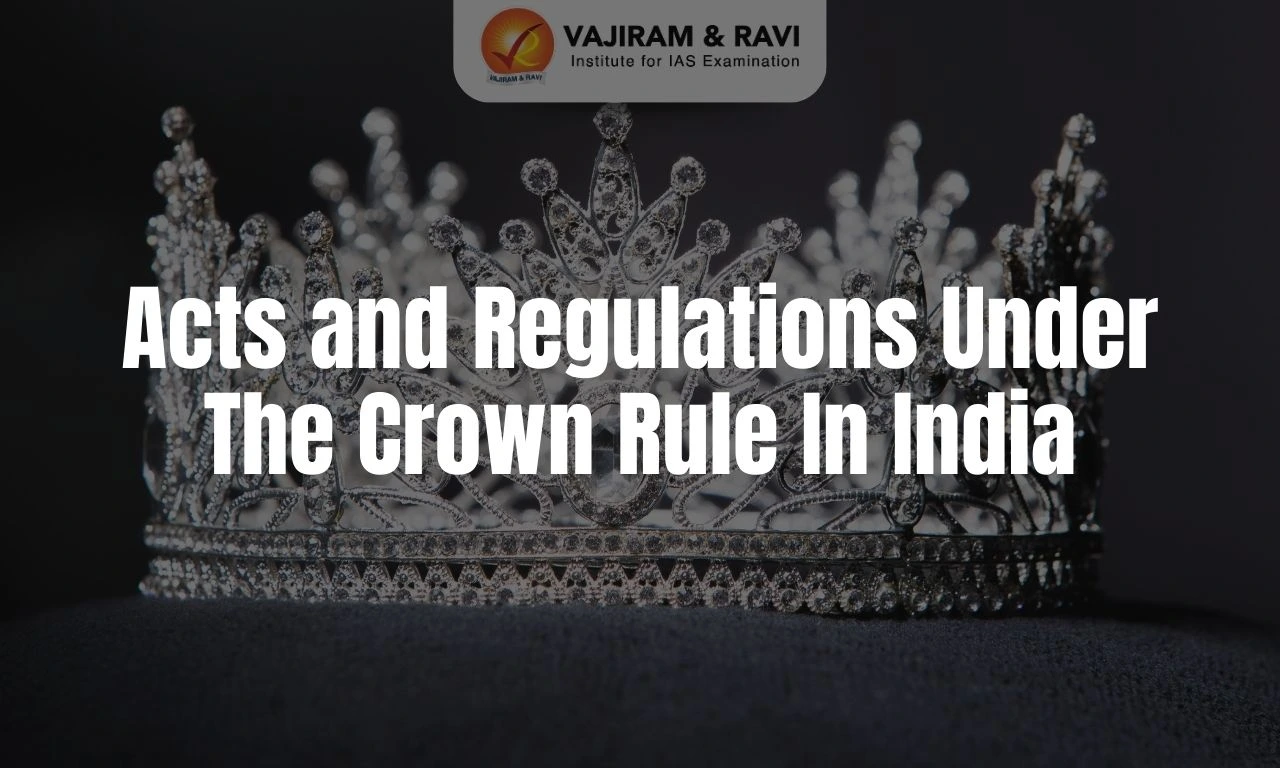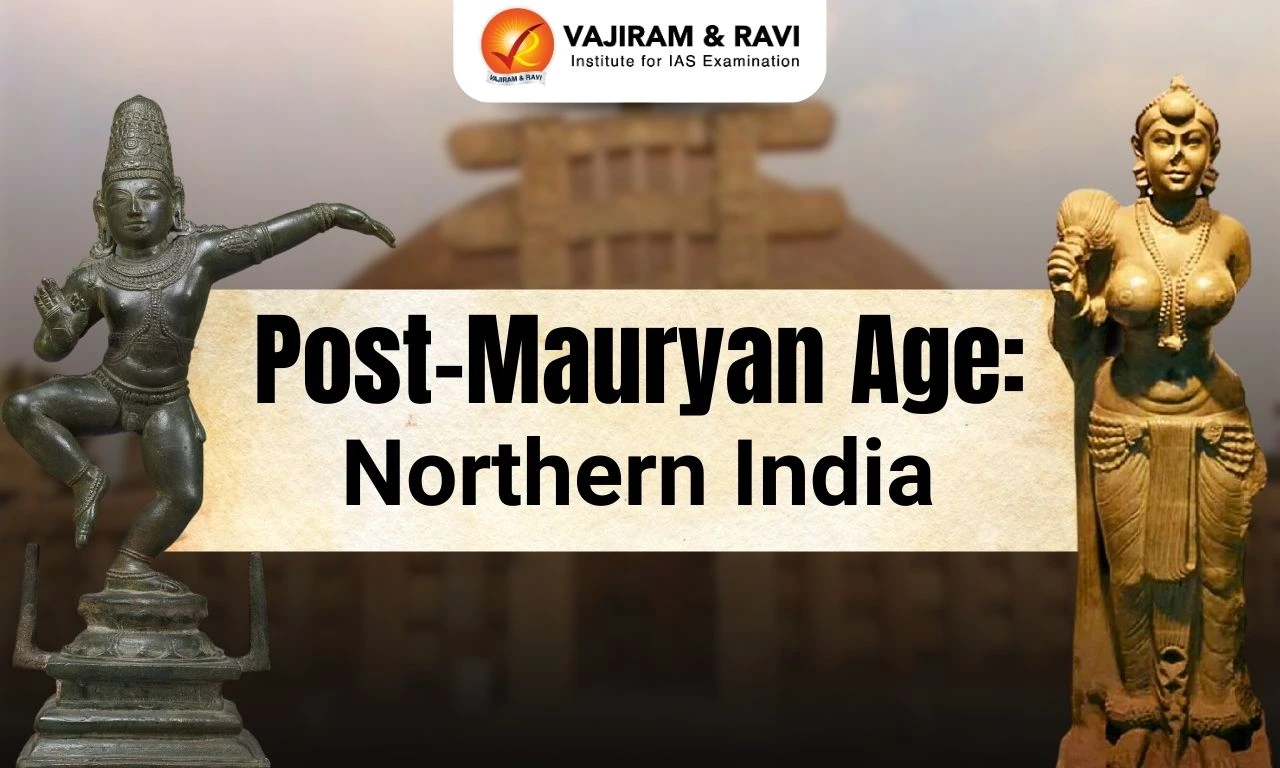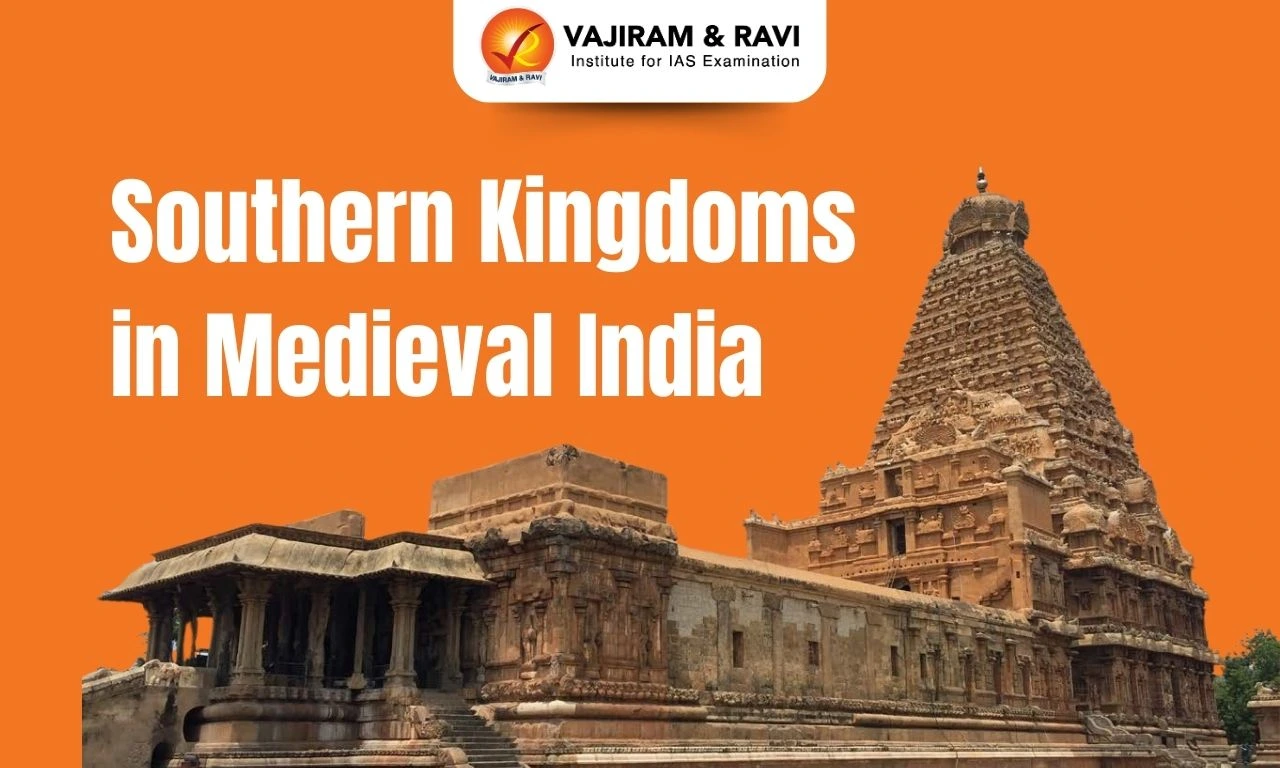Vedangas, or "limbs of the Vedas" encompass six essential disciplines crucial for studying ancient Indian spiritual texts, the Vedas, and form the foundation of Hinduism and Yoga. These disciplines include Shiksha (phonetics), Chhanda (meter), Vyakarana (grammar), Nirukta (etymology), Jyotisha (astronomy), and Kalpa (rituals). They assist scholars in preserving, interpreting, and applying Vedic knowledge.
Metaphorically, each Vedanga represents a body part of the Veda Purusha, emphasizing a comprehensive approach to Vedic studies, where these disciplines collectively enrich the understanding and practice of Vedic traditions.
Vedangas Meaning
Vedangas, translated as "limbs of the Vedas," refer to the six essential disciplines for studying and understanding the ancient Indian spiritual texts, the Vedas. These disciplines formed the foundation of both Hinduism and yoga practices.
- Paniniya Shiksha likens the Vedangas to the limbs of a metaphorical "Veda Purusha," where Chhandas are his feet, Kalpa his arms, Jyotisha his eyes, Nirukta his ears, Siksha his nose, and Vyakarana his mouth.
Vedangas Types
The Vedangas are six disciplines essential for understanding the Vedas: Shiksha (phonetics), Kalpa (rituals and ethics), Vyakarana (Sanskrit grammar), Nirukta (etymology), Chhanda (metrical structures), and Jyotisha (astronomy for auspicious timings).
Shiksha
Shiksha is the Vedanga focused on phonetics, covering the letters of the Sanskrit alphabet, accent, stress, melody, and euphonic word combinations during Vedic recitation. It trains students in correct articulation to ensure the perfect chanting of Vedic hymns, maintaining ritual purity and efficacy.
- Shiksha, meaning "instruction," provides rules for the proper pronunciation of Samhita texts. Its importance lies in preserving the power of sound vibrations, considered supreme in Hindu mysticism (Akshara Brahma).
- The teachings of Shiksha, Vedic phonetics, are found in the ancient texts called Pratisakhyas, each linked to a specific Samhita, guiding the recitation of its hymns.
- Shiksha is considered the most important of the six Angas (organs) of the Veda Purusha. Some significant Pratisakhyas include:
- Rigveda – Pratisakhya of Rigveda.
- Taittiriya – Pratisakhya of Krishna Yajurveda.
- Vajasaneyi – Pratisakhya of Shukla Yajurveda.
- Atharvaveda – Pratisakhya of Atharvaveda.
- Important texts include Paniniya Shiksha, Yaajnavalkya Shiksha, and Vasishthi Shiksha.
Kalpa
Kalpa is the second Vedanga, which refers to sacred rules or ordinances, with sutras (short statements) acting as mnemonic tools to aid the memorization of complex Vedic rituals in the absence of written scripts.
- Kalpa represents the applied science of the Vedas, covering sacrificial ceremonies, rites of passage (birth, marriage, death), and personal conduct through various life stages.
- The Kalpa Sutras are divided into Śrauta Sutras, which detail Vedic sacrifices and priestly duties, and Smārta Sutras, which include Gr̥hya Sutras on domestic rituals and Dharma Sutras on social conduct and law. These texts form the basis for later Dharmashastra traditions.
Vyakarana
Vyakarana, the third Vedanga, focuses on Sanskrit grammar, including word analysis, formation, and sentence structures, offering insights into mastering language. It is called the "mouth of Veda Purusha" and is derived from the root "Kri" (to do).
- Panini's Ashtadhyayi, the primary text of Vyakarana, superseded earlier works, focusing on root (Prakriti) and suffix (Pratyaya) analysis.
- Commentaries by Vararuci and Sage Patanjali further elaborated on Panini's sutras, which form the foundation of Sanskrit grammar.
Nirukta
Nirukta, known as the "ears of Veda Purusha," deals with the etymology of words, focusing on their meanings and usage in various contexts, especially within the Vedas.
- This Vedanga explains obscure terms rich in symbolism. Yaska, a pre-Panini grammarian, is the foremost authority on Nirukta, with his work serving as a commentary on the Nighantu (dictionary).
- The Nighantu classifies Vedic words under key ideas, ambiguous terms, and deities from the earth, sky, and heaven realms.
Chhanda
Chhanda, the science of meters in Vedic hymns, analyzes metrical units known as "pada," based on syllable counts categorized as Guru (heavy) and Laghu (light).
- The sequence of these syllables forms a meter, guiding the context and usage of mantras while also acting as an error-correcting tool. Since Vedic tradition is oral, any discrepancies in text or pronunciation can be rectified through chhanda.
- The Rig Veda and Sama Vedas are composed in verse, while the Yajur Veda includes both prose and poetry.
Jyotisha
Jyotisha, the final Vedanga, is the "eye" of Veda Purusha, focusing on astrology and astronomy to determine auspicious times for rituals based on the positions of celestial bodies like the Sun and Moon.
- Sage Bhrigu is credited with refining Jyotisha, and it later absorbed influences from Mesopotamia, Egypt, Persia, Greece, and Islamic traditions. Though references exist in the Brahmanas and Aranyakas, comprehensive ancient texts are rare.
- Key scholars like Bhaskaracharya, Varahamihira, and Aryabhatta enriched this field around 400 BC.
Vedangas Interconnectedness with Other Disciplines
The Vedangas were vital in establishing Sanskrit as the primary language of ancient India, influencing regional languages like Hindi, Bengali, and Tamil. Shiksha ensured correct pronunciation, while Vyakarana laid the foundation for modern linguistics.
- They shaped education in Buddhism and Jainism, promoting disciplined recitation.
- The Vedangas also connected with philosophical schools like Mimamsa and Vedanta, facilitating spiritual exploration.
- Their influence extended to poetry, classical music, and dance forms like Bharatanatyam.
- The Kalpa's ethical guidelines continue to resonate in Indian society and modern legal systems.
| Other Related Articles | |
| Indus Script | Jain Literature |
| Upanishads | Sangam Age |
| Vedangas | |
Last updated on December, 2025
→ Check out the latest UPSC Syllabus 2026 here.
→ Join Vajiram & Ravi’s Interview Guidance Programme for expert help to crack your final UPSC stage.
→ UPSC Mains Result 2025 is now out.
→ UPSC Notification 2026 is scheduled to be released on January 14, 2026.
→ UPSC Calendar 2026 is released on 15th May, 2025.
→ The UPSC Vacancy 2025 were released 1129, out of which 979 were for UPSC CSE and remaining 150 are for UPSC IFoS.
→ UPSC Prelims 2026 will be conducted on 24th May, 2026 & UPSC Mains 2026 will be conducted on 21st August 2026.
→ The UPSC Selection Process is of 3 stages-Prelims, Mains and Interview.
→ UPSC Result 2024 is released with latest UPSC Marksheet 2024. Check Now!
→ UPSC Prelims Result 2025 is out now for the CSE held on 25 May 2025.
→ UPSC Toppers List 2024 is released now. Shakti Dubey is UPSC AIR 1 2024 Topper.
→ UPSC Prelims Question Paper 2025 and Unofficial Prelims Answer Key 2025 are available now.
→ UPSC Mains Question Paper 2025 is out for Essay, GS 1, 2, 3 & GS 4.
→ UPSC Mains Indian Language Question Paper 2025 is now out.
→ UPSC Mains Optional Question Paper 2025 is now out.
→ Also check Best IAS Coaching in Delhi
Vedangas FAQs
Q1. What are 6 Vedangas?+
Q2. What is meant by Vedanga?+
Q3. Are Vedangas Shruti or Smriti?+
Q4. What is the difference between Vedanta and Vedanga?+
Q5. Which Vedanga is called the eyes of the Vedas?+

















